Kari Lilja, TkT, Erikoistutkija; Sirpa Sandelin, TkT, Yliopettaja
English version: Click the link
Syyskuu 1999, Maarianhamina. Tilintarkastajayhdistys HTM-Tilintarkastajat Ry:n kesäpäivät ovat saaneet historiallisen lämpimät puitteet. Vielä iltamyöhäisellä tarkeni terassilla istuskella paitahihasillaan, yölläkään lämpötila ei laskenut alle 20 asteen. Silloin ei vielä puhuttu kasvihuoneilmiöstä, vaan pidettiin tilannetta vain poikkeuksellisena vuosivaihteluna. Siihen mennessä kertyneen kokemuksen mukaan tuollaiset lukemat syyskuun alussa olivatkin hyvin poikkeuksellisia. Lämmön lisäksi tuo viikonloppu jäi mieleeni kahdesta muustakin asiasta. Olin viikkoa aikaisemmin altistanut jalkapohjani äärimmäiselle kylmyydelle, sillä seurauksella, että nahka oli kuoriutunut molemmista jalkapohjista kokonaan, joten kävely ei ollut ainakaan helppoa eikä kivutonta. Niinpä hotellin aamiaispöydässä totesin, että nyt on parempi pyytää apua, ja kysyin hotellin henkilökuntaan kuuluvalta nuorelta tarjoilijattarelta, voisiko hän auttaa kahvin pöytään. Olinhan valinnut hotellin, koska se markkinoi itseään esteettömänä.
Tyttö katsoi minua jäisesti. ”Vi har självbetjäning här”, hän vastasi ja käveli tiehensä.
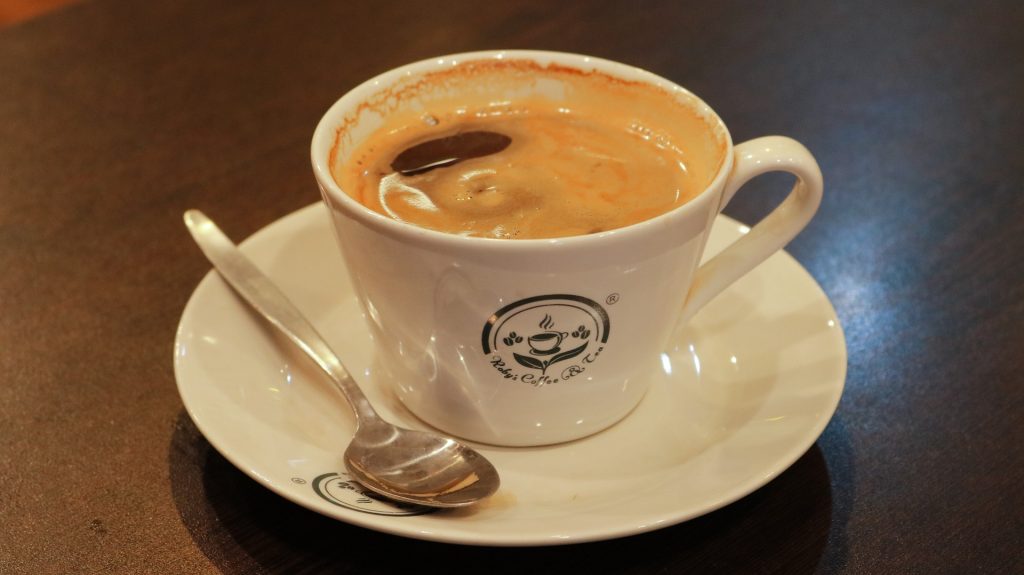
Tuo episodi tuli mieleeni, kun luin viikonlopun 5.-6.11.2022 iltapäivälehden sivuilta helsinkiläishotellin ”itsemurhaluiskasta”. Hotellissa järjestetyn Vammaisneuvostopäivän esiintymislavalle johtaneen pyörätuoliluiskan sanottiin olleen jopa vaarallisen jyrkkä. Alun perin luiska oli puuttunut kokonaan, eikä paikalle tuotua luiskaa ehditty enää vaihtaa ennen kokouksen alkua. Invalidiliitto pitää kokouksiaan samassa salissa, ja liiton edustajan mukaan paikalla aikaisemmin käytetty luiska on ollut asianmukainen ja toimiva. Vaikka kyse lienee yhden tilajärjestelyistä vastaavan ihmisen erehdyksestä, joko unohduksesta tai käsityksestä, etteivät vammaiset nouse estradille, hotellin kannalta kömmähdys on kiusallinen, sillä sekin on ahvenanmaalaishotellin tavoin markkinoinut itseään esteettömyydellään.
Avainsana kummassakin tapauksessa on palvelumuotoilu.
Ja tarkemmin sanottuna se, miten henkilökunta sisäistää johdon viestin asiakkaille ”Meille jokainen saa tulla omana itsenään”. Esteettömyys ei ole pelkkä luiska portaissa, hissi kerrosten välillä tai riittävän suuri wc. Se on myös ja ennen kaikkea asenne, valmius toivottaa kaikki tervetulleiksi, halu ottaa huomioon eri tavoin liikkuvat, aistirajoitteiset, vanhukset, lapsiperheet ja heidän erilaiset tarpeensa, ja kyky saada kaikki tuntemaan itsensä tervetulleiksi ja hyväksytyiksi. Nyt joku ehkä väittää, ettei tällä ole palvelumuotoilun kanssa mitään tekemistä.
On sillä.
Palvelumuotoilulla (Service design) tarkoitetaan palvelujen ideointia, suunnittelua ja kehittämistä muotoilussa käytettäviä menetelmiä hyödyntäen. Palvelumuotoilun keskeisin ajatus on tuoda palvelujen kehittämiseen ihmiskeskeinen ja asiakaslähtöinen lähestymistapa. Palveluja tulisi kehittää sekä asiakkaan kokemukset että organisaation tavoitteet huomioiden. Palvelumuotoilun kehittämiskohteisiin kuuluvat liiketoiminnan ja prosessien lisäksi tilat, joissa asiakas käy, ja esineet, joita asiakas käyttää, tai joita hän tilassa näkee, ja jotka liittyvät yrityksen toimintaan. Eikä kehittämisessä pidä unohtaa myöskään henkilökuntaa ja asiakaskohtaamisia, tai palvelumuotoilun termejä käyttäen palvelutuokioita ja palvelupolkuja.

Hain tätä artikkelia luonnostellessani palvelumuotoilua koskevista kirjoista ja muista lähteistä mainintoja esteettömyydestä. Oletukseni oli, että niitä ei pahemmin löytyisi. Olin sekä oikeassa että väärässä. Väärässä sikäli, että mainintoja löytyi pilvin pimein. Oikeassa sikäli, että palvelumuotoilun ja esteettömyyden suora kytkös näkyi enimmäkseen teksteissä, jotka käsittelivät digitaalisia palveluita.
Digitaalisissa palveluissahan jo laki asettaa tiettyjä vaatimuksia palveluntarjoajille myös itse palvelujen esteettömyyden ja saavutettavuuden suhteen.
Toki muitakin palveluja käsittelevissä teksteissä esteettömyys esiintyi. Puhuttiin esimerkiksi sisäänkäyntien ja wc-tilojen esteettömyydestä ja muista rakennusvalvonnan alaan kuuluvista kysymyksistä. Sen sijaan sisustukseen, palveluasenteisiin ja vastaaviin kysymyksiin liittyviä esteettömyysnäkökulmia tuotiin esille harvemmissa teksteissä, ja nekin olivat usein jonkun vammaisjärjestön tilaamia, käsittelivät vammaisjärjestön omistamaa tai ylläpitämää ravintolaa tai kahvilaa tai niillä oli muu suora linkki vanhus- tai vammaispalveluihin.

Yksikään ei ihmetellyt, miksi esimerkiksi useimmilla isoilla liikenneasemilla palveluketju katkeaa kahvitiskin, ruokatiskin ja kassan välillä. Tai miksi ravintoloiden itsepalvelutiskit ovat niin korkeita, että pyörätuolilla et välttämättä ruokaa saa, ja et ainakaan mausteita, jotka ovat ylähyllyillä. Ja jos tiski olisikin sopivan korkuinen, puolet tarjoiluista on takarivissä, jonne seistenkin asioiva joutuu kurkottamaan muiden ruokien yli.
Minä ihmettelen.
Erityisesti ihmettelen sitä, että arkkitehtien, sisustussuunnittelijoiden ja palvelumuotoilijoiden pitäisi, jos alan teoksiin on uskominen, käyttää samoja menetelmiä, mutta silti toisten työ lyö toisia korville – ja lujaa. Ainakin, jos uskotaan, että palvelumuotoilun tavoitteena on kehittää palveluja asiakkaat huomioiden. Jos palvelumuotoilu joutuu tyytymään huonoihin rakenteellisiin puitteisiin, paine alkaa suuntautua henkilökuntaan ja heidän palvelualttiuteensa, kykyyn välittää johdon viesti asiakkaille
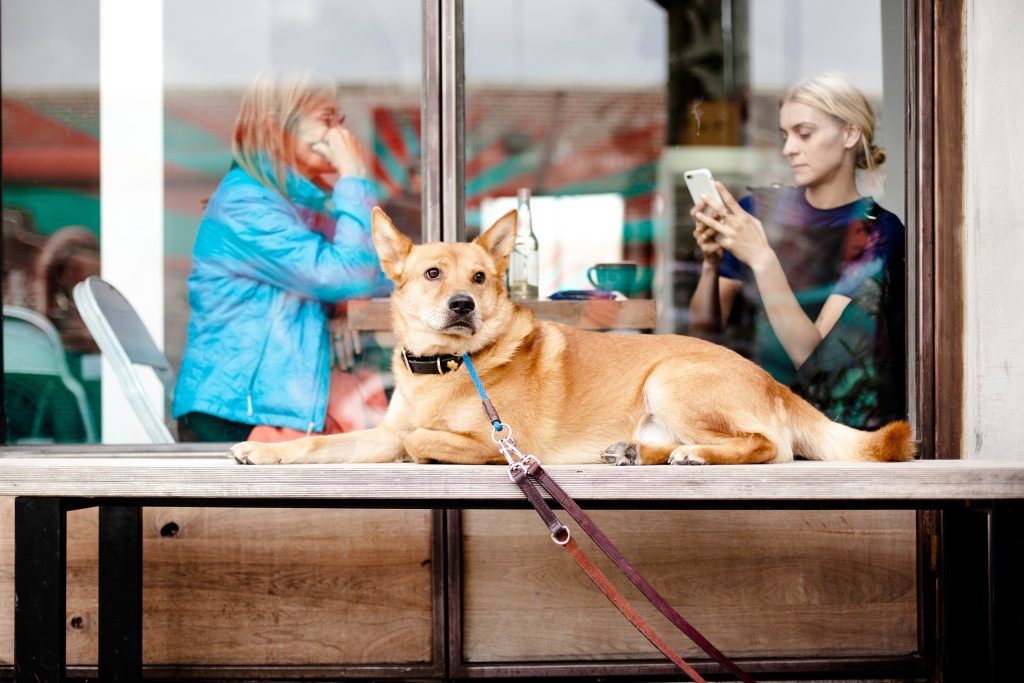
No, yrityksillä on toki oikeus valita asiakkaansa – tiettyyn rajaan saakka. Asiakkailla on onneksi oikeus valita, mihin menevät. Aina.
English version
September 1999, Mariehamn. The Annual Meeting and Summer Days of the Auditors’ Association HTM Auditors Ry have received a historically warm setting. Even in the late evening I sat on the terrace in my shirt sleeves, even at night the temperature did not drop below 20 degrees. At that time, there was no talk of the greenhouse effect, but the situation was considered just an exceptional annual change. According to the experience accumulated by then, such temperatures at the beginning of September were very exceptional. In addition to the heat, I remember that weekend for two other things. A week before, I had exposed the soles of my feet to extreme cold, with the result that the skin had completely peeled off from both soles, so walking was neither easy nor painless. So, at the hotel’s breakfast table, I decided that now it is better to ask for help, and I asked a young waitress from the hotel staff if she could help with the coffee table. After all, I had chosen the hotel because it markets itself as barrier-free.
The girl looked at me frostily. ”We have self-service here” she answered and walked away.
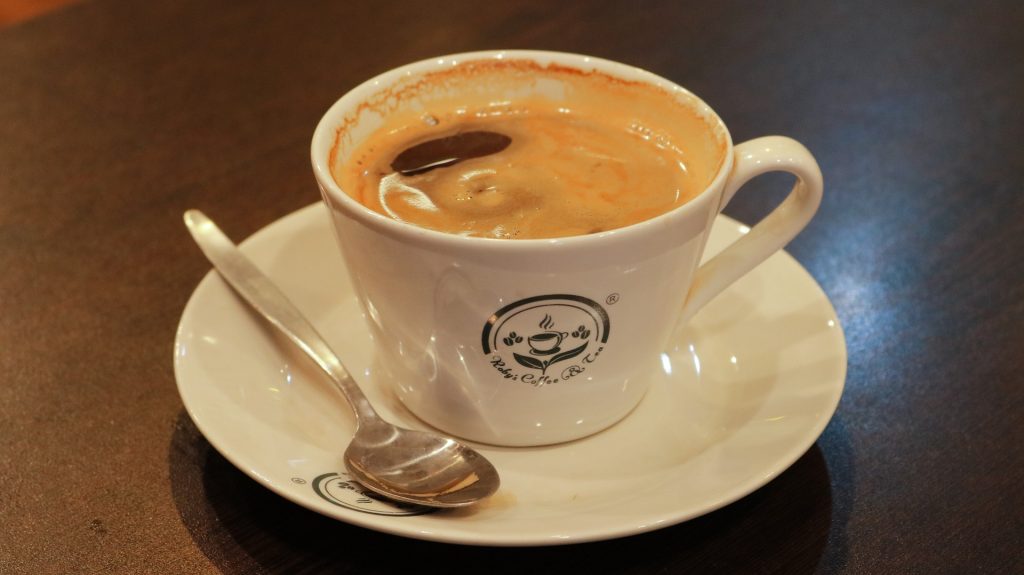
That episode came to mind when I read about the ”suicide slope” of a hotel in Helsinki on the websites of the newspaper of the weekend of November 5-6, 2022. It was said that the wheelchair ramp leading to the performance stage of the Disabled People’s Day held at the hotel was even dangerously steep. Originally, the ramp was completely missing, and there was no time to change the ramp that was brought to the site before the start of the meeting. The Association for the Disabled holds its meetings in the same hall, and according to the association’s representative, the slope previously used there has been appropriate and functional. Although it is probably a mistake by one of the people responsible for the facilitation, either a forgetfulness or a perception that disabled people do not go on stage, from the hotel’s point of view the blunder is embarrassing, because it, like the hotel in Mariehamn, has marketed itself with its accessibility.
The key word in both cases is service design.
And, more precisely, how the staff internalizes the management’s message to customers ”At our place, everyone can be themselves”. Accessibility is not just a ramp on the stairs, an elevator between floors or a large enough toilet. It is also and above all an attitude, the willingness to welcome everyone, the desire to take into account the disabled, sense-impaired, the elderly, families with children and their different needs, and the ability to make everyone feel welcome and accepted. Now someone might argue that this has nothing to do with service design.
It has.
Service design means ideation, planning and development of services using the methods used in design. The main idea of service design is to bring a human-centered and customer-oriented approach to the development of services. Services should be developed taking into account both the customer’s experiences and the organization’s goals. In addition to business and processes, service design oriented development targets include the spaces the customer visits and the objects the customer uses or sees in the space related to the company’s operations. Furthermore, in the development, you should not forget the staff and customer interactions, or using the terms of service design, service points and service paths.

While drafting this article, I looked for references to accessibility from books on service design and other sources. My assumption was that there could be found only few mentions and references if any. I was both right and wrong. Wrong to the extent that mentions were found more than I had ever thought. In the right, in that the direct connection between service design and accessibility was mostly visible in texts that dealt with digital services.
In digital services, the law sets certain requirements for service providers, also regarding the accessibility
Of course, accessibility also appeared in texts dealing with other services. They talked, for example, about the accessibility of entrances and toilets and other questions in the field of building control. Instead, accessibility aspects related to interior design, service attitudes and similar issues were brought up in fewer texts. Texts that were often commissioned by a disability organization, dealt with a restaurant or cafe owned or maintained by a disability organization, or had another direct link to services for the elderly or disabled.
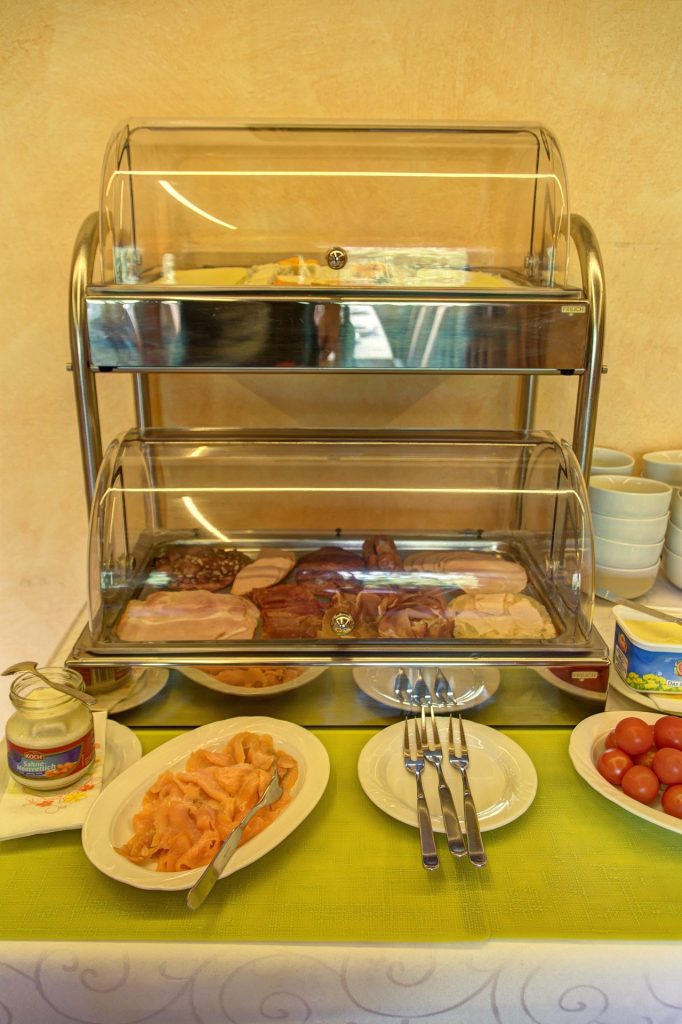
No one wondered why, for example, in most large cafés by the highways, the service chain is broken between the coffee counter, the food counter and the cash register. Or why the self-service counters in restaurants are so high that you can’t necessarily get food with a wheelchair, and at least not the spices that are on the top shelves. And even if the counter were of a suitable height, half of the servings would be in the back row, where the customer would have to reach over the other dishes even if they were standing.
I wonder.
Particularly I wonder that architects, interior designers and service designers should, if the literature of the field is to be believed, use the same methods, but still the work of others beats the ears of others – and hard. At least, if we believe that the goal of service design is to develop services with customers in mind. If the service design has to settle for a poor structural framework, the pressure starts to be directed towards the staff and their service attitude – the ability to convey the management’s message to the customers.
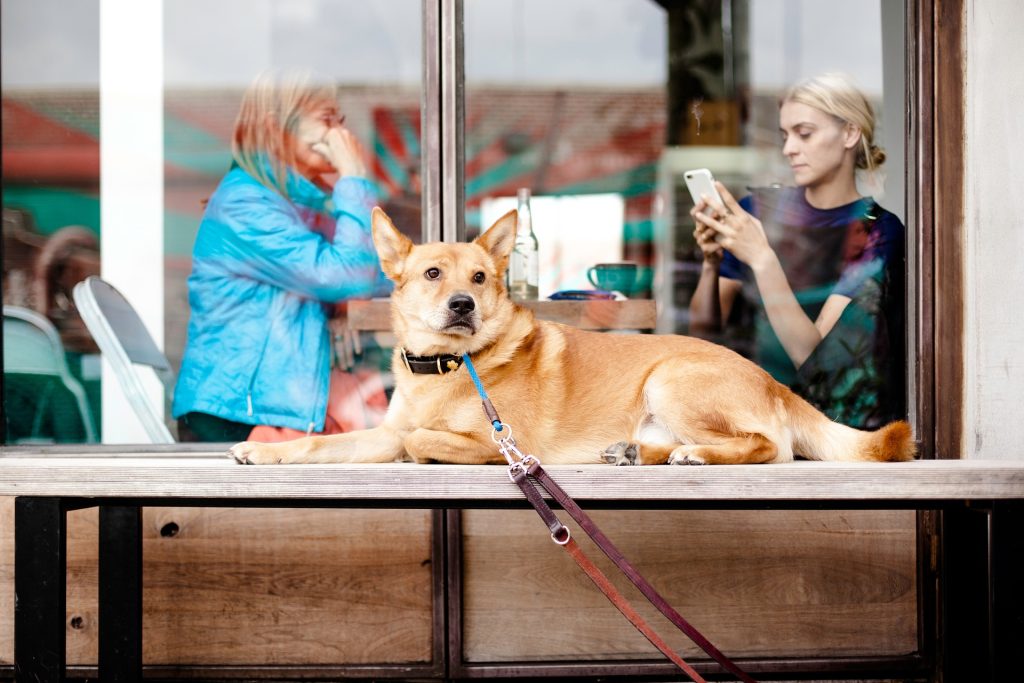
Well, of course, companies have the right to choose their customers – up to a certain limit. Fortunately, customers have the right to choose where they go. Always.
Artikkeli on kirjoitettu Euroopan unionin Erasmus+ -ohjelman rahoittaman Sustainabuild -hankkeen puitteissa. Vastuu artikkelissa esitetyistä näkemyksistä on yksinomaan kirjoittajilla.
This article was written in the framework of the Sustainabuild-project funded by the European Union’s Erasmus + program. The sole responsibility for the views expressed in this article lies with the authors.

